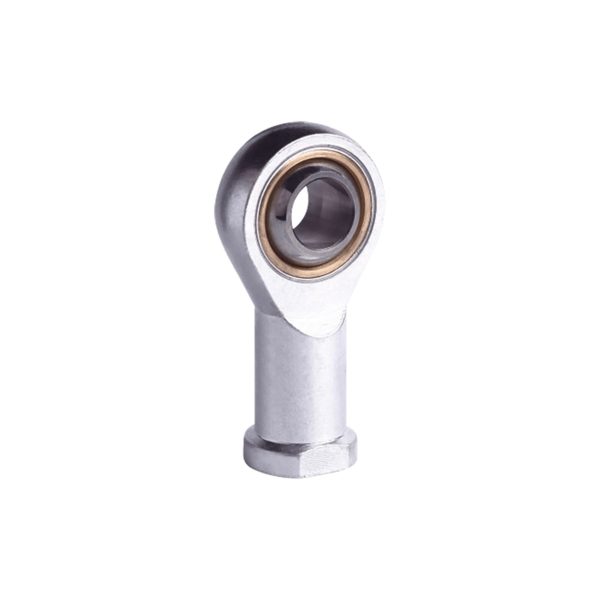What Are Rod Ends and Why Are They Essential in Mechanical Systems?
2025-08-08
When I first encountered Rod Ends, I didn't realize how crucial these small components could be for smooth mechanical operation. As part of my work at Ningbo Dongzhou Transmission Co., Ltd., I've learned that Rod Ends play a vital role in many industries, from automotive to aerospace.
Rod Ends, also known as heim joints or spherical bearings, are mechanical articulating joints that provide a connection point with a ball swivel allowing angular movement between parts. Their main function is to accommodate misalignment and transfer motion smoothly between connected components.
Typically, Rod Ends consist of a spherical ball bearing housed in a casing with a threaded shaft or eyelet. This design enables flexibility and movement while maintaining a secure mechanical link.
Key Functions of Rod Ends:
| Function | Description |
|---|---|
| Allow angular motion | Enables pivoting and movement in multiple directions |
| Handle misalignment | Compensates for shaft or component misalignment |
| Transfer loads | Efficiently transmits tension and compression forces |
| Reduce wear | Low friction operation extends component life |
How do Rod Ends improve the performance of mechanical systems?
When I started using our Rod Ends at Ningbo Dongzhou Transmission Co., Ltd., I immediately noticed how they enhanced the durability and precision of the assemblies. Rod Ends reduce stress on shafts and connecting components by allowing controlled movement. This leads to less wear and tear and better overall system reliability.
By enabling smooth articulation, Rod Ends help machines operate more quietly and efficiently, which is critical in high-performance or high-load applications. They also simplify maintenance, as their design makes replacement straightforward.
Why are Rod Ends important, and what makes them stand out?
Rod Ends are important because they bridge the gap between rigid components and flexible movement needs. Without them, machines would face excessive vibration, premature wear, and potential failures. Their versatility allows them to be used in various sectors including automotive steering, aircraft control surfaces, and industrial machinery.
From my experience, the quality of Rod Ends significantly impacts system safety and lifespan. At Ningbo Dongzhou Transmission Co., Ltd., we focus on precision manufacturing and durable materials to ensure our Rod Ends meet the highest standards.
Summary: Why choose our Rod Ends?
-
High Load Capacity: Our Rod Ends are designed to withstand heavy stress.
-
Corrosion Resistance: Made from premium materials for longevity.
-
Smooth Movement: Low friction design for efficient operation.
-
Easy Installation: Compatible with various mechanical setups.
FAQ About Rod Ends
Q1: What materials are commonly used for Rod Ends?
A1: Rod Ends are typically made from steel, stainless steel, or aluminum, sometimes with PTFE liners to reduce friction.
Q2: Can Rod Ends handle both axial and radial loads?
A2: Yes, Rod Ends are designed to handle loads in multiple directions, providing versatile support.
Q3: How do I know when to replace a Rod End?
A3: Signs include excessive play, noise during movement, or visible wear. Regular inspections help maintain system safety.
I'm proud to say that our Rod Ends from Ningbo Dongzhou Transmission Co., Ltd. have helped countless clients improve their mechanical systems' reliability and efficiency. If you want components you can trust, our Rod Ends are the answer!





